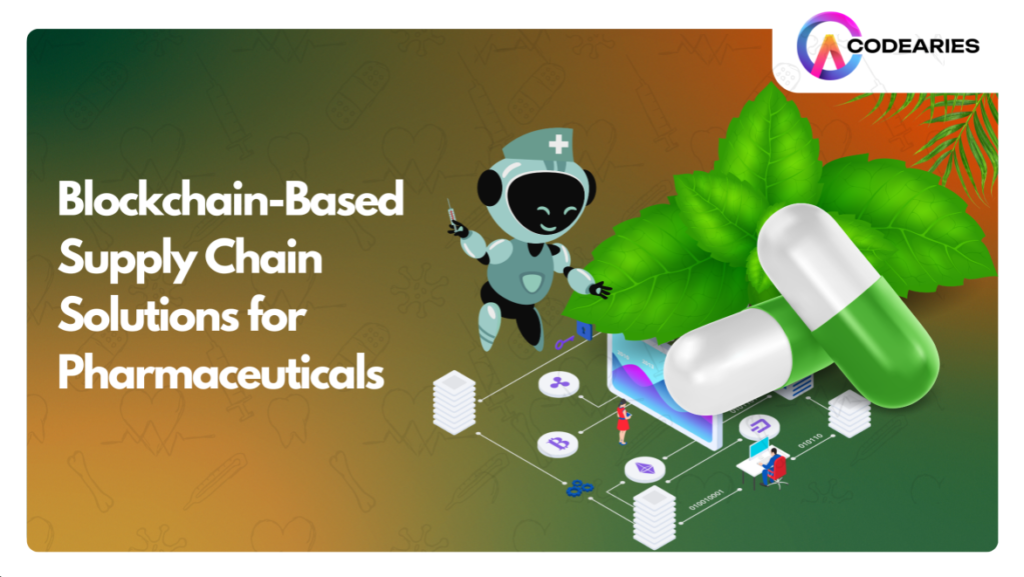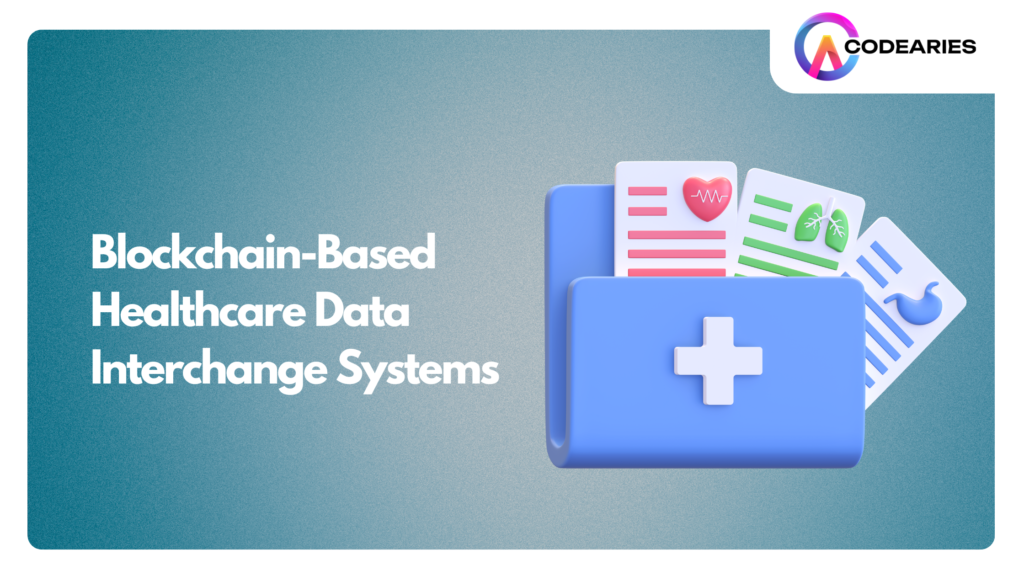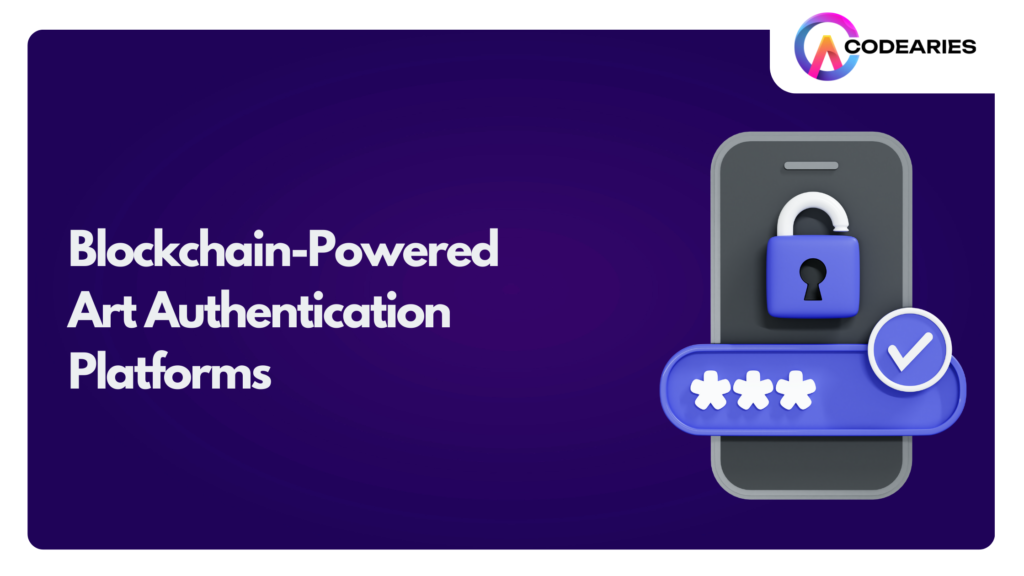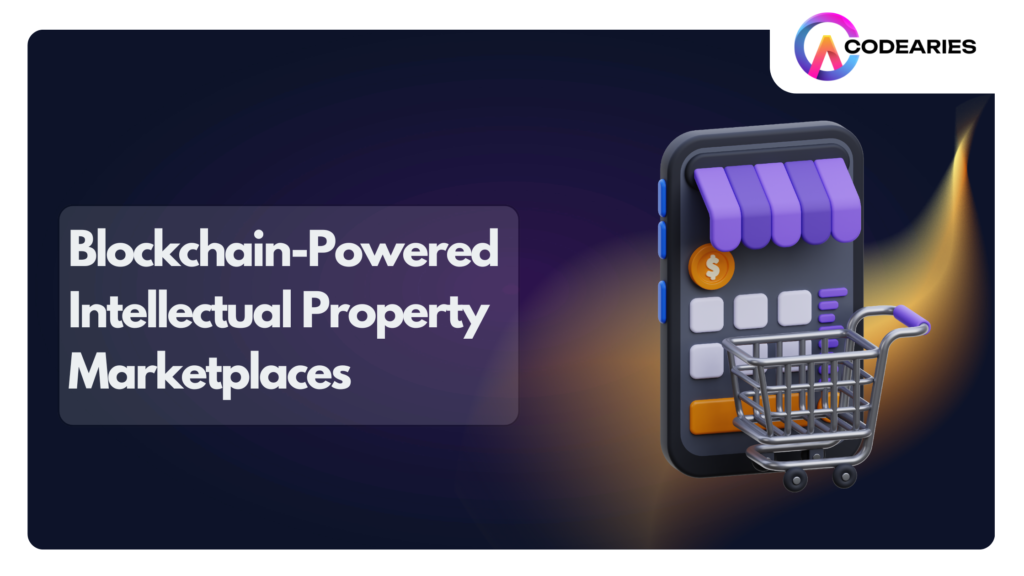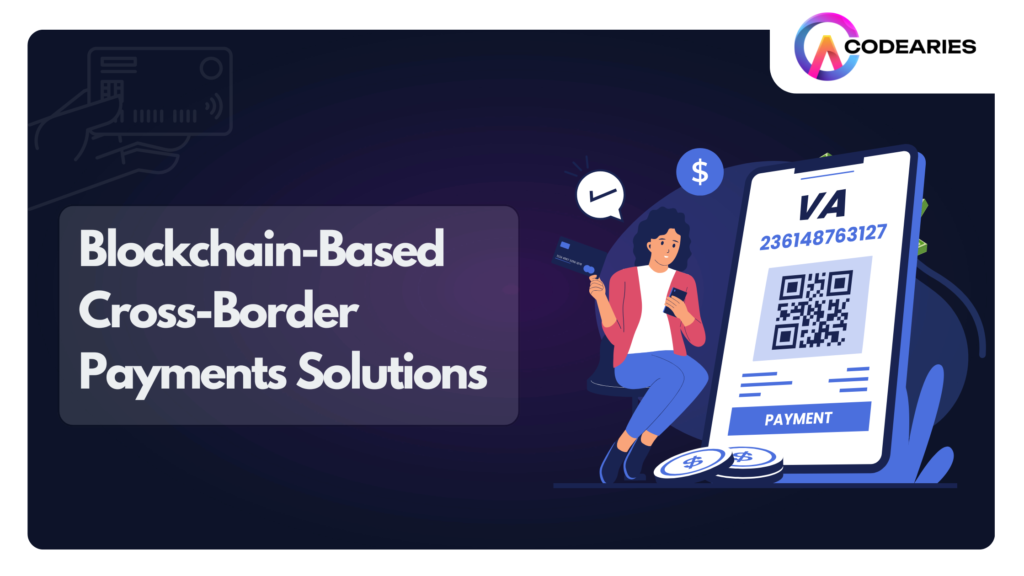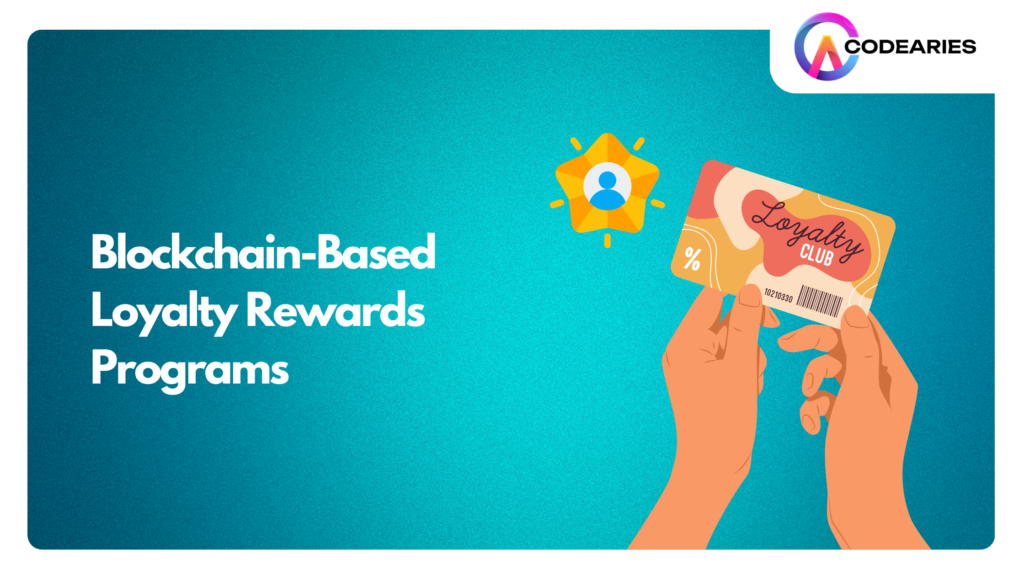Art has always been more than paint on a canvas or chiseled marble. Every piece tells a story, carrying the history and passion of its creator. But as art markets grow, so do the challenges in verifying authenticity. Blockchain-powered art authentication platforms are stepping in to bridge these gaps, addressing issues of provenance, ownership, and fraud. These platforms are transforming the art world, building a space where buyers and sellers can interact confidently, knowing they’re exchanging something real and priceless. The Art Market and Its Challenges Imagine the art world as a vast, enchanted forest with treasures and hidden secrets. In this world, authenticity is a constant concern. Art forgery is a multi-million-dollar industry, and collectors, galleries, and museums have all faced shocking revelations of fakes sneaking into their collections. Provenance — the record of an artwork’s ownership and origin — has been equally difficult to establish. Often, ownership is passed down or transferred quietly, with little documentation. The result? A fragmented system where trust can be as murky as a Monet in the mist. Adding to the mystery, the traditional art market’s lack of transparency has often created barriers. Private ownership records mean that verifying art can involve a labyrinth of paperwork, stakeholders, and sometimes, educated guesswork. Blockchain’s arrival promises a shift in these dynamics, creating an art landscape that’s easier to navigate, less obscure, and — finally — transparent. How Blockchain is Transforming Art Authentication So, how exactly does blockchain work its magic on art authentication? Blockchain, by design, is like an eternal ledger that anyone can look at, but no one can alter. Every transaction is recorded and cannot be tampered with. For art, this means an unchangeable record of provenance and ownership. Art buyers, sellers, and collectors can verify authenticity without needing a middleman, which creates a new level of security in art trading. Blockchain’s immutable structure not only prevents fraud but also democratizes access to verified information. Now, a potential buyer doesn’t have to rely solely on a seller’s word or opaque documentation; they can refer to a trusted blockchain record that provides all the facts they need. What Are Blockchain-Powered Art Authentication Platforms? At its core, a blockchain-powered art authentication platform is a digital powerhouse, specially designed to address art’s unique needs. These platforms use blockchain networks to create permanent digital records for each artwork. They store information about an art piece’s creation, previous and current ownership, and transaction history. By establishing a tamper-proof digital footprint, these platforms bring credibility to every sale, showing exactly where the artwork came from and where it’s going. This system connects artists, collectors, galleries, and buyers in a way that makes it easy to trace each artwork’s journey through the market. With blockchain-powered platforms, each piece of art carries a digital passport, allowing buyers and collectors to rest assured that their treasures are authentic and their origins secure. Key Benefits of Blockchain in Art Authentication One of blockchain’s major attractions in art is its transparency. In an industry where shadows can sometimes conceal unsavory details, blockchain’s public ledger shines a light on every transaction. Buyers and sellers can see the entire history of an artwork, knowing every transfer and transaction. Security is another critical benefit. Blockchain’s decentralized nature makes it highly resistant to tampering, ensuring that records remain intact even if someone attempts to forge or alter them. And of course, there’s the strength of decentralization itself: blockchain removes the need for central authorities, giving artists, collectors, and buyers greater control over their transactions. Together, these benefits give everyone in the art market confidence, making each exchange safer and more reliable. Why Provenance Matters in Art Provenance is like an artwork’s storybook, showing where it’s been and who has owned it. It provides cultural and historical context, a sense of legacy that often adds immense value to the artwork. Without clear provenance, a piece of art can lose its authenticity, significance, and worth. Blockchain’s role here is transformative, placing provenance front and center, where everyone can see and verify it. By ensuring provenance is accessible, blockchain helps artists protect their work, enhances collectors’ trust, and creates a more informed marketplace. How Blockchain Reinforces Provenance Think of blockchain as the ultimate provenance guardian. Every change in ownership, every new sale, and every gallery showing can be recorded permanently on the blockchain. Unlike traditional records that are often lost, changed, or inaccessible, blockchain keeps every entry in an unchangeable digital format. This provides a crystal-clear history for any artwork, which is invaluable in preventing forgeries and establishing a piece’s true origins. Popular Blockchain-Powered Art Authentication Platforms A handful of leading platforms are pioneering blockchain art authentication, each with a unique approach: Codex Protocol: Codex provides a digital registry for asset documentation, making ownership history accessible. Collectors and curators alike can seamlessly verify the legitimacy of their pieces. Verisart: Verisart offers blockchain-based certificates of authenticity for both physical and digital art. Artists can create tamper-proof certificates that buyers and collectors can easily verify. Artory: Artory has built a secure, blockchain-backed database to document and track provenance. This database has become a valuable resource for art professionals, providing a layer of trust to every transaction. Each platform brings its own approach to art verification, creating more choices for buyers and sellers who want secure and transparent transactions. Role of NFTs in Art Authentication NFTs (Non-Fungible Tokens) are reshaping art authentication, offering a secure, transparent system to verify ownership and provenance for digital and physical artworks. Here’s how: Immutable Ownership Records Blockchain Transparency: An unchangeable blockchain stores NFTs, creating a permanent record of ownership and reducing the risk of disputes. Provenance Tracking: Each transaction is logged, letting collectors trace an artwork’s entire ownership history. Digital Certificates of Authenticity Unique Identifiers: Each NFT serves as a digital certificate linked to the artwork, easily verifiable online. Counterfeit Protection: The blockchain prevents NFT duplication, securing the artwork’s authenticity. Royalties and Resale Control Smart Contracts: NFTs can include automatic royalties for artists with each resale, ensuring


